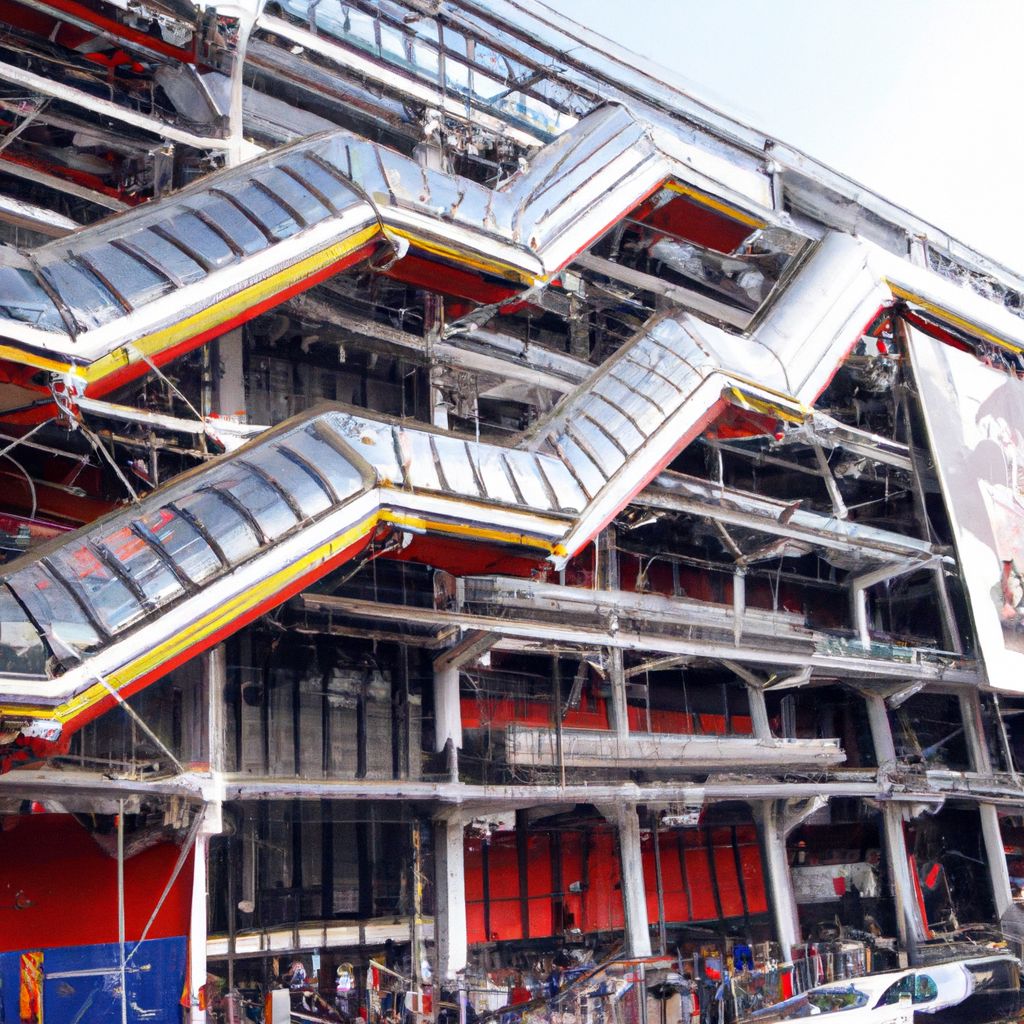
In an announcement that captured the essence of architectural progression and the ongoing dance between heritage and innovation, the Centre Pompidou has unveiled the masterminds behind its impending renovation. Entering a transformative phase, this iconic institution will soon undergo a comprehensive $280 million makeover, intended to reinstate its place as a beacon of modernist architectural philosophy.
The Centre Pompidou, a revolutionary structure that has stood as a cultural hallmark since its inception in 1977, has always been more than just a museum. It’s a vibrant hub of art, culture, and futuristic thought, meshed with an architectural form that challenges the ordinary. With its exposed skeleton of colorful tubes and its industrial yet whimsically futuristic façade, the Centre has boldly thrown traditional concepts of museum design to the wind.
The architects selected for this ambitious project were chosen through a rigorous competition, aimed at finding a vision that respects the original groundbreaking spirit while steering it into the future. The design teams at the helm promise to invigorate the space with sustainable modern technologies while maintaining the building’s iconic status.
Details about the proposed modifications remain tightly under wraps, but expectations soar high. Speculations suggest the introduction of cutting-edge, energy-efficient systems, spaces redesigned for contemporary art forms, and expanded public areas to improve visitor experiences. However, the core ethos of innovation and accessibility that guided the Pompidou's initial conception by architects Renzo Piano and Richard Rogers remains the project's guiding star.
New York City, with its dense constellation of cultural institutions, keeps a watchful eye on the evolution of the Centre Pompidou. The renovation stands as a symbol of continuous reinvention vital in the arts and architecture. Perhaps, there’s a hint there for our local custodians of culture at the Met, MoMA, and beyond, pointing towards the potential paths for their eventual evolutions.
Our anticipation is nothing short of fervent. As the Centre prepares to close its doors in 2023 for this extensive facelift, one thing remains clear: when they reopen, they will set new parameters for what a museum can be in an ever-evolving global landscape of art and culture.